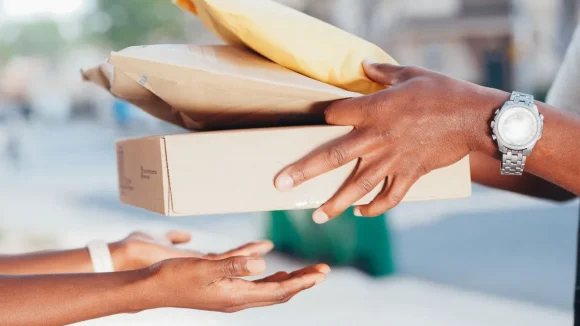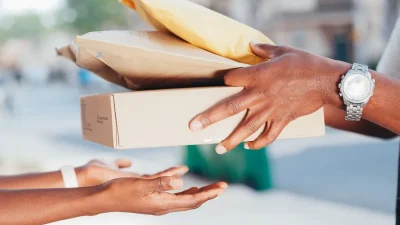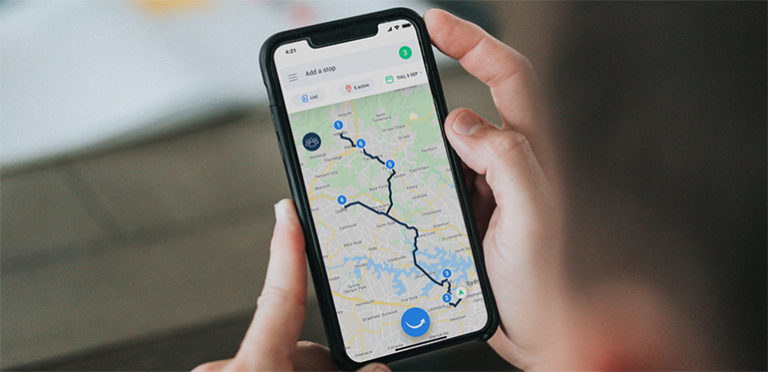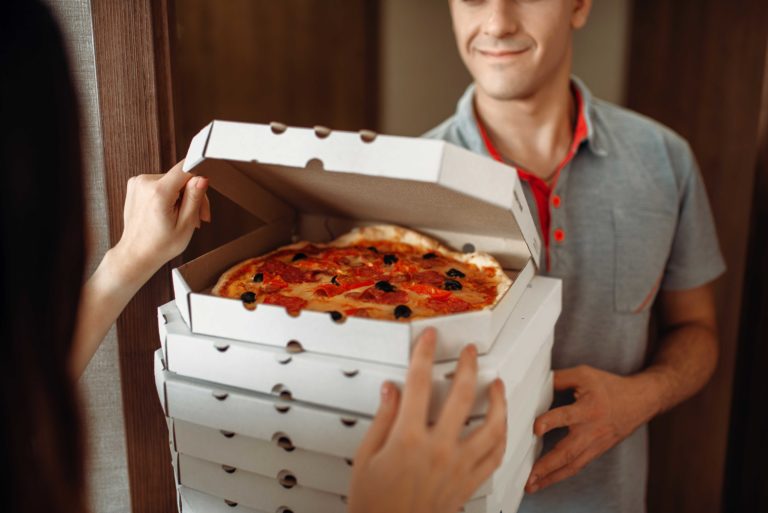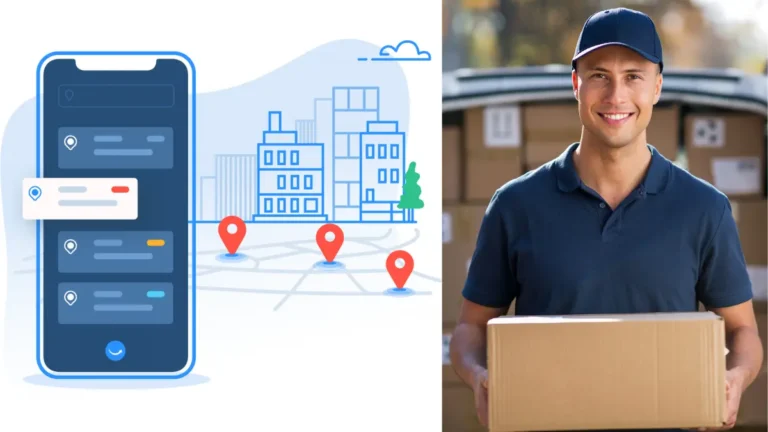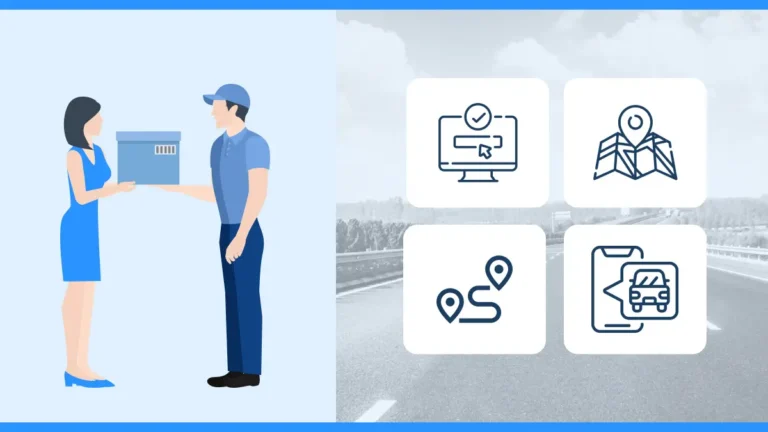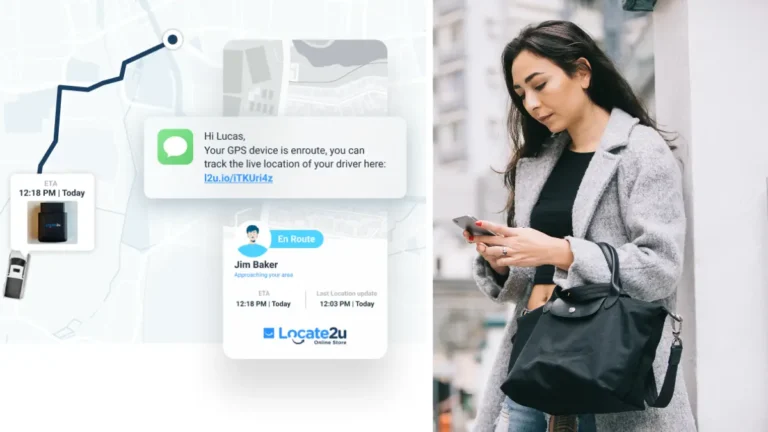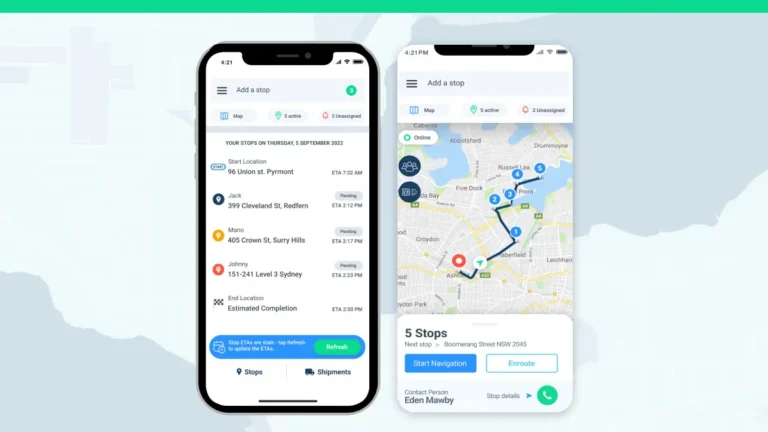An estimated 82 million packages go through airport checks and are loaded onto trucks, vans, and scooters to make their way to the end user. Packages don’t always look the same way they were posted. It’s hard to keep parcels intact throughout the journey if the material used by courier companies is not strong enough.
Today‘s TV crew went behind the scenes to see how FedEx keeps its parcels in shape and strong. It’s essential to try out any possible scenarios that can play out during the transportation of the parcel, while the content can vary from fragile to bendable.
FedEx says today they have to test for anything from “potholes, [driver] breaks hard, it could be turbulence in the back of your aircraft when the packages are being shipped.”
The American courier company takes it one step further by placing the parcels in a cooler container and heated area to test the capacity for adverse weather conditions.
If your package is damaged during transit, FedEx recommends calling the vendor’s customer service for a possible refund or replacement. They also suggest filing a reimbursement claim to speed up the process.
What is the durability of plastic packaging?
Sometimes, it’s not only about durability for customers but also sustainability and kindness to the environment. That’s why Olvi, a brewery and soft drinks company based in Finland, uses corrugated cardboard. “For our consumers, Olvi’s packaging is naturally going to be top-of-mind when they’re considering our product, so the packaging has to be good – and durable on top of that,” says Olvi’s marketing director Olli Heikkilä.
Olvi uses reinforcement tapes on the inside of corrugated boards during the manufacturing stage so that they don’t reduce the printing area on the surface of the package.
Testing durability
Packsize believes five necessary tests must be conducted to ensure a parcel can withstand the December volumes and arrive at its new owner’s home safely.
Here are some of the tests run behind the scenes:
Drop test: Trained staff members will use free fall or guided methods to drop packages from specific heights.
Burst test: This way, the specialists can determine the maximum force a parcel can take. This is usually for paper, paperboard, and other materials that can’t take an enormous amount of pressure.
Edge crush test: This is one of the most common tests. It’s common for parcels to have edges crushed due to a lack of support on the sides. Staff will apply pressure to the corners and edges to test the handling process.
Vibration test: During transportation in a van or truck, there will be some subtle form of vibration. Experts will test a package’s sock absorbance to ensure the items inside are not damaged.
Moisture level test: Along the journey, depending on the country, there might be snow or rain to which a parcel could be exposed. The package must undergo tests to ensure it can withstand exposure to moisture.
While traditional methods ensure parcel durability, emerging technologies are set to redefine parcel safety and sustainability.
The future of tech-driven parcel safety
Advancements in artificial intelligence (AI) are changing the way parcels are packaged and handled. A lot of these innovations are centered around sustainability and environmentally-friendly reusable packaging.
Several ground-breaking designs were showcased at the Sustainability Awards 2023 at the Sustainable Packaging Summit in Amsterdam this year.
Transmitters and reduced plastic waste
One such design is the Ambient IoT Visibility Platform – a stamp-sized connector that transmits real-time information when shipping fresh produce and vaccine vials. It keeps track of location data, as well as temperature, humidity, and carbon footprint.
Meanwhile, Flöter Verpackungs-Service GmbH and AirWave Packaging’s PaperWave Box bagged the e-commerce category award for its frustration-free packaging concept. The design keeps objects safe and secure while reducing the amount of cushioning material inside the box by up to 40%.
During the previous year’s awards cycle, P&G received the packaging innovations award for the reinvention of the Eco-Box. The new upgrade to their 50-year-old detergent packaging uses 60% less plastic and can be shipped without additional bubble or plastic wrap.
Farm-to-table reimagined
In the past, small farmers used little to no packaging which contributed to food waste and damaged produce items. Baskets, sacks, and wooden crates were used to transport foods, all of which provided little protection from weather conditions and pests.
And considering that food travels an average of 4,200 miles from farm to consumer, something had to change. Enter Sealed Air’s Cryovac modified atmosphere packaging.
The Cryovac barrier bags are used to transport meat, seafood, cheese and other perishables while also protecting against physical, chemical or microbiological spoilage. Other applications include the non-barrier, oxygen permeable vacuum bags, rollstock films for semi-rigid packaging, overwrap films to protect poultry, and more.
Meanwhile in India, Parakh Agro Industries designed an affordable, easy-to-use film pouch for keeping milk and other perishable liquids fresh without refrigeration. The product uses DuPont’s resin technology to keep items fresh for 90 days.
Parakh Agro Industries partnered with Finnish company Elecster back in 2009, the world’s largest producer of UHT milk pouches. Parakh’s Flexipack division now produces 1,000 tons of packaging films and pouches a month, at its fully automated plant.

